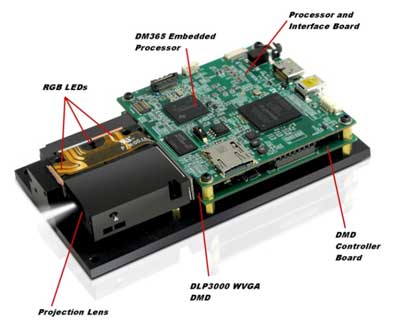Joseph Sadler's project page
 |
DMA based Scanning Magneto-Optical Kerr microscope for studies of the magneto-plastic properties of thin ferromagnetic films. |
|
Joseph Sadler
Texas State University at San Marcos, Department of Physics, RFM 3228, 601 University Drive, San Marcos, TX78666.
|
Although the magneto-elastic and magneto-plastic properties of bulk materials have been extensively investigated, a good understanding on how plastic deformation affects the magnetic properties of thin films is still lacking. A thorough understanding of magneto-plastic properties is relevant for yield optimization and failure analysis of magnetic thin film devices, including position, pressure, force, magnetic field, and acceleration sensors as well as novel micro-magnetic actuator devices. Magnetic and structural properties of the samples need to be studied on the micro-scale. To be able to do so, have built a scanning Magneto-Optical Kerr microscope. The system allows us to correlate magnetic and structural information of plastically deformed magnetic thin films. The setup consists of a HeNe laser which is focused through a lens on a magnetic sample that is placed between the pole pieces of an electromagnet. The Kerr rotation and Kerr Ellipticity are measured with a modulating ellipsometer based on a PEM from Hinds Instruments. The setup’s S/N ratio is shot noise limited and currently has a lateral resolution of approximately 8 um. The position of the focused laser beam is varied by changing the position of the sample with two small electromotors. This approach is not ideal as the magnetic field between the pole pieces of the magnet is not homogeneous, so moving the sample will slightly change the magnetic field. This can result in sudden changes of the magnetic domain pattern in the middle of a scan. To avoid these measurement artifacts, we are currently implementing a digital mirror array (DMA) of Texas Instruments in the setup. The DMA will allow for a specific part of the reflected beam to be analyzed by the polarizzing optics of the setup. So it will no longer be nescessary to move the sample between the poles of the electromagnet. So far, together with Bill McKenna I have developed Labview drivers for the Lightcrafter, a digital mirror array development module of Texas instrument. Ellipsotric measurements on a DMA chip suggest that the depolarization of the device is smaller than 2% in the visible part of the spectrum.
After his undergraduate degree Joseph enrolled in our Masters Physics program. He graduated from this program in 2018 and is currently working for NXP semiconductor in Austin.
Publications and Presentations: [1] Labview drivers for Lightcrafter (as is). |
|
